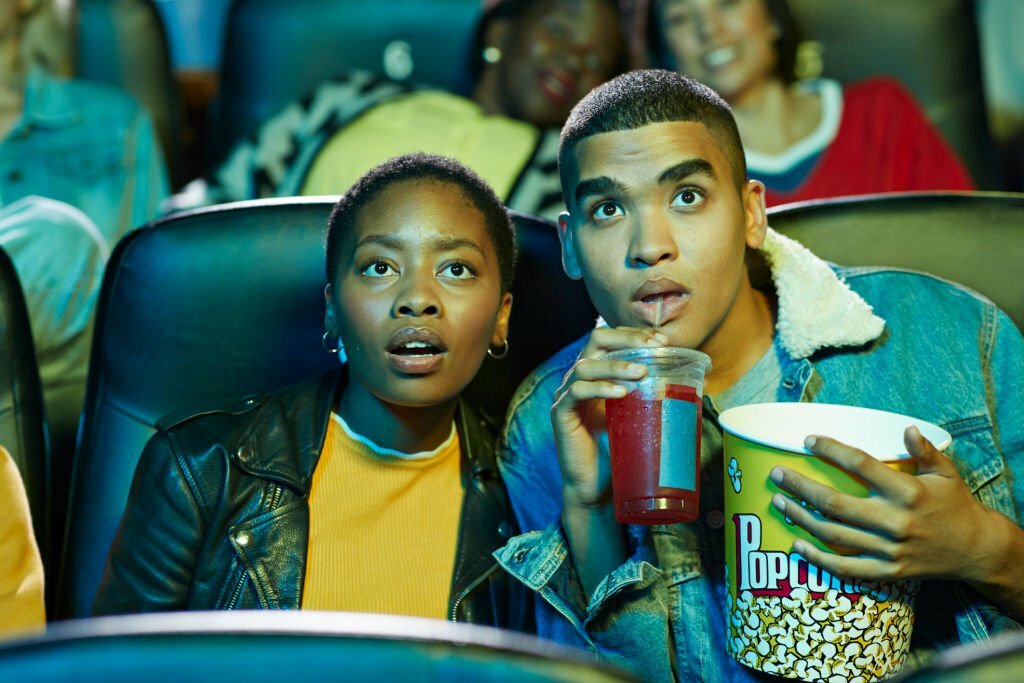Movie trailers and previews have become an essential part of the theater experience. Learn about How Long Are Movie Previews, history, and factors impacting runtimes.
Movie previews, also known as trailers, are a beloved part of the theater-going experience. But how long should these sneak peeks into upcoming films actually be? Here’s a comprehensive overview of typical movie trailer lengths, factors that influence duration, and changes in runtimes over the years.
Movie previews provide a tantalizing taste of films on the horizon. They’re designed to grab audience attention and generate hype. But trailers walk a fine line between revealing too much and leaving fans wanting more. Runtime is an essential factor in striking this balance. Let’s explore key questions around the ideal lengths for these theatrical teasers:
How long is the average movie trailer?
Most trailers today range from 90 seconds to 3 minutes. Studios have found this provides enough time to showcase major stars, story premise, key action sequences, and a sampling of dialogue without giving too much away.
What are the shortest and longest movie previews?
While most trailers stick to that 1.5 to 3-minute sweet spot, there are always outliers on both ends of the spectrum:
- Shortest trailers – Some teaser trailers have been as brief as 15 seconds. The goal is to show just enough to pique interest.
- Longest trailers – Occasionally, studios release extra-long trailers of 5 minutes or more. These function almost like mini-movies used to build prerelease buzz.
How have trailer lengths changed over time?
Trailer runtimes have grown substantially since the early days of movie previews. Let’s look at how typical durations have evolved:
The History of Movie Trailer Lengths
Trailers have been part of the cinema experience for over a century. Runtimes started short but have expanded to fill today’s longer-form standards.
The Silent Film Era
- Trailers emerged around 1913 as a way to promote upcoming silent movies.
- These first previews were just title cards with very brief text descriptions.
- Runtimes were under 1 minute since dialogue and scenes couldn’t be shown.
The Golden Age of Hollywood
- As talkies rose, trailers began incorporating audio and snippets of dialogue.
- Trailers lengthened to around 3 minutes to showcase more of the movies.
- The classic phrase “In a world…” entered trailers during this era.
The 1950s and 60s
- Trailers continued to grow, averaging between 2 and 3 minutes.
- Teaser trailers under a minute became common to build initial buzz.
- Certain genres like epics had longer trailers around 4 minutes.
The Blockbuster Era
- By the 1970s, studios regularly made trailers over 2 minutes long.
- Blockbuster franchises like Star Wars pushed runtimes even longer.
- The rise of the Internet eventually allowed trailers over 3 minutes.
The Modern Age
- Contemporary trailers average between 2 and 3 minutes, with some reaching 3 or 4.
- Teaser trailers still help promote films years before release.
- Some franchises have experimented with trailers as long as 5 minutes.
As this history shows, trailers have nearly doubled in length over the last century as studios utilize them in new ways to promote tentpole releases. Click to read Multi-Channel Marketing Campaign Dropbox.

Factors Influencing Trailer Runtimes
Trailer lengths vary based on a range of factors both creative and commercial. What elements impact how concise or expansive previews turn out?
Genre Conventions
- Comedies often have shorter trailers around 2 minutes to keep the best jokes fresh.
- Horror previews tend to be longer at 2-3 minutes to establish mood.
- Action blockbusters get trailers over 3 minutes to showcase more spectacle.
Release Type
- Teaser trailers for films not out for months maybe just 1 minute or so.
- Theatrical trailers right before release are usually 2-3 minutes.
- TV spots are condensed to 30-60 seconds for commercial time.
Franchise Films
- Well-known franchises like Marvel or DC films can afford longer trailers.
- Studios count on fan excitement and don’t need to limit details.
- These previews may run for 3 minutes or beyond.
Director Profile
- Trailers for acclaimed director’s films tend to show more scenes and stylistic touches.
- Less familiar directors may prefer shorter trailers to not give everything away.
- Directors often personally edit trailers along with studio input.
In essence, genre, release timing, franchise recognition, and director reputation all affect appropriate trailer length.
Trailer Formats With Varying Runtimes
Not all trailers have the same objective and extent. Different formats each come with their own runtime standards.
Teaser Trailer
- Usually, the first preview is released for a movie.
- The goal is to introduce the film and tease plot details.
- 30-90 seconds in length to pique initial interest.
Theatrical Trailer
- The main trailer is to play in theaters and online ahead of release.
- Provides key scenes, tone, and appeal for a broader audience.
- The most common format at 2-3 minutes long.
TV Spot
- The condensed trailer was made to fit TV commercial time.
- Focuses on selling the core premise and stars.
- Runs just 30-60 seconds long.
“Extended Look” Trailer
- Longer trailers are used to show off more action and effects.
- May preview 5+ minutes of almost continuous footage.
- Builds excitement among hardcore fans.
Clip
- Not a full trailer but an excerpt of a key scene or sequence.
- Provides a more extended look at particular aspects.
- Usually run 2-4 minutes to showcase a set piece.
Studios strategically utilize different trailer types with tailored lengths for each phase of a movie’s promotion.
Optimal Trailer Runtime By Genre
While trailer lengths fluctuate, some best-practice runtimes have emerged for tailoring previews to specific genres:
Comedy
- Comedies thrive on short, sweet trailers.
- Runtime sweet spot is 60-90 seconds.
- Gets across the premise without ruining punchlines.
Drama
- Dramas need enough time to establish a serious, emotional tone.
- The ideal length is 2-3 minutes.
- Allows for showing some moving character moments.
Horror
- Horror trailers aim to build tension and atmosphere.
- The typical runtime is 2-3 minutes.
- Let scenes linger to unsettle audiences.
Action
- Action trailers highlight big stunts, effects, and spectacle.
- Runtime tends to be 3-4 minutes.
- The extended length shows off more action money shots.
Science Fiction/Fantasy
- These genres need to establish unique worlds.
- The common length is 3+ minutes.
- More time to showcase imaginative visions.
Matching trailer runtimes to the specific needs of genres helps maximize their impact.
Trailer Trends Over Time
Trailer lengths and styles have evolved with the movie business itself. What are some key trailer trends in recent decades?
- 1980s – The 2-3 minute trailer became standard during the blockbuster era of the 80s.
- 1990s – Trailers started using more rapid-fire editing and scenes cut to music beats.
- The 2000s – Teaser trailers grew in importance for building prerelease buzz.
- 2010s – The rise of superhero films led to more 3+ minute trailers.
- 2020s – Studies now help studios determine optimal trailer lengths for different demographics.
The expanding theatrical trailer continues to be shaped by new approaches decade after decade.
Best Practices For Modern Trailer Lengths
Given all the factors and formats impacting trailer runtimes, what guidelines produce the most effective modern previews?
- For most standard trailers, 2-3 minutes is the ideal length, providing enough teases without excessive spoilers.
- Use shorter teaser trailers a year or more prerelease, then gradually ramp up runtimes nearer to launch.
- Know your genre – tailor trailer length to conventions (comedies shorter, action longer).
- Be willing to experiment – some genres like sci-fi may need more than 3 minutes to showcase worldbuilding.
- Focus trailers on target demographics – test different runtimes to determine the optimal length for that audience.
- Use extended trailers of 4+ minutes sparingly for mega-franchise films with built-in fanbases.
The most compelling modern trailers carefully balance revealing and concealing with runtimes fine-tuned to the genre, release date, and target viewers.
Final Words
Movie trailers continue to play a vital role in whetting the audience’s appetite for upcoming films and driving buzz. Determining just the right length for these previews involves a careful balance of showing enough to hook interest while not spoiling all a film’s secrets. As trailer editing continues to evolve as an art form, runtime will remain a key factor in their effectiveness. While new trends come and go, a well-constructed movie trailer still provides one of the best ways to leave fans hungry for the full cinematic experience.

